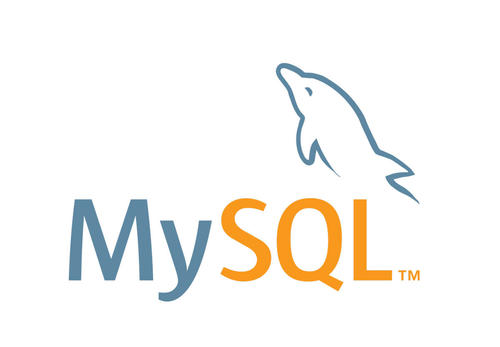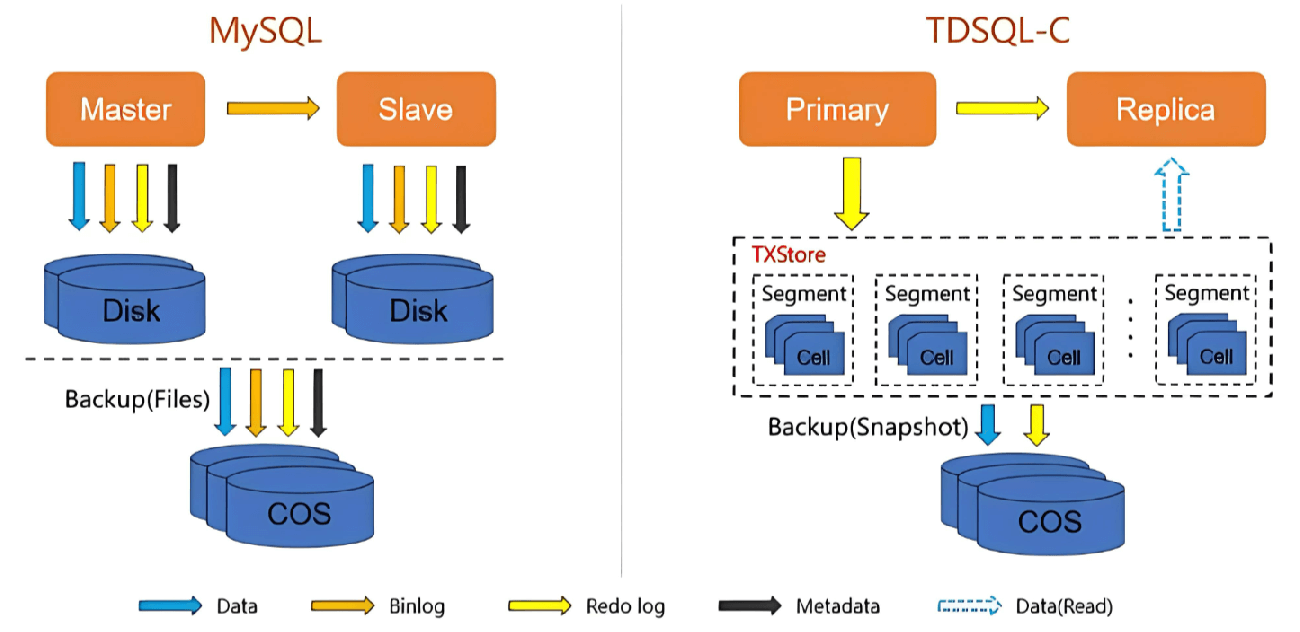Data operations—especially large-scale ones—always carry risks, including the possibility of data loss or corruption due to user errors, system failures, or other factors. To minimize these risks, preventive measures should be taken before performing large-scale data operations:
Backup Data: Ensure that a complete and up-to-date backup of the database is taken before performing operations. This way, if something goes wrong, the backup can be used to restore the data to its state before the operation.
Understand the Recovery Process: Be familiar with the backup and recovery process so you can act quickly when necessary to reduce the impact of data loss.
Common Operations
Example: Backup Script
Before performing large insertions or modifications, you should create a backup of the database. Here is a simple MySQL backup command:
# Backup the entire database to a file named backup.sql mysqldump -u username -p database_name > backup.sql
In this command, username is your database username, and database_name is the name of the database you want to back up. After executing this command, you will be prompted to enter your password. Once the backup is complete, the backup.sql file will contain the full backup of the database.
Example: Recovery Script
If an issue occurs after performing large-scale data operations, you can use the backup file to restore the database. Here is the command to restore a database from a backup file:
# Restore the database using the backup.sql file mysql -u username -p database_name < backup.sql
This command will import the data from backup.sql into the database_name database. Before executing this command, ensure that the database is empty or that you are aware of what will be overwritten, as this operation will restore the database to its state when the backup was taken.
Preparation Before Execution
Verify the Integrity and Restorability of the Backup: After taking a backup, test the backup file to ensure that it is complete and can be used to successfully restore the database.
Understand the Business Impact: Evaluate the potential impact of the large-scale operation on the business and determine the best time window for the operation to minimize disruptions to users.
Prepare a Rollback Plan: If issues arise during or after the operation, there should be a clear rollback plan that includes how to quickly restore the system to its state before the operation.
Notify Team Members: Ensure that relevant team members are informed of the upcoming operations and potential risks, so they are prepared to provide support if needed.
By following these steps, you can ensure data security during operations and have a clear path for quick recovery in case of issues.
Advanced Method
If you want to perform modification operations on a large dataset in a live database and prefer not to take a full backup, you can consider backing up the affected data rows. This approach typically involves the following steps:
Assess the SQL Impact Scope: Run a query similar to the one you intend to execute, but use
SELECTto identify the affected rows instead of making actual changes. This helps you understand which data will be affected.Backup Affected Data: Export the affected data rows from the
SELECTquery into a secure backup file.Perform the Modification: After ensuring the backup is accurate, execute the actual modification.
Restore Data if Needed: If the modification operation encounters issues, use the backup file to restore the affected rows to their original state.
Example
Suppose you want to update the status of all users in an e-commerce database who registered before 2021 and whose name starts with 'J' to "inactive".
Assess SQL Impact Scope
First, run a SELECT query to evaluate which rows will be updated:
SELECT user_id, name, status FROM users WHERE registration_date < '2021-01-01' AND name LIKE 'J%';
Backup Affected Data
Next, export the data rows from the SELECT query to a CSV file for backup:
# Use the SELECT query above and export to a CSV file via the command line mysql -u username -p -e "SELECT user_id, name, status FROM database_name.users WHERE registration_date < '2021-01-01' AND name LIKE 'J%'" > backup_users.csv
Perform the Modification
Once you have verified the backup, you can perform the actual update:
UPDATE users SET status = 'inactive' WHERE registration_date < '2021-01-01' AND name LIKE 'J%';
Restore Backup Data
If issues arise during the modification, you can restore the affected data rows from the backup CSV file:
# First, ensure you have a temporary table for updating CREATE TABLE temp_users LIKE users; # Load the data from the CSV file into the temporary table LOAD DATA INFILE 'backup_users.csv' INTO TABLE temp_users FIELDS TERMINATED BY ',' ENCLOSED BY '"' LINES TERMINATED BY '\n'; # Restore data from the temporary table to the original table UPDATE users u JOIN temp_users tu ON u.user_id = tu.user_id SET u.status = tu.status WHERE u.registration_date < '2021-01-01' AND u.name LIKE 'J%'; # Finally, drop the temporary table DROP TABLE temp_users;
Ensure that you fully understand the recovery process and SQL queries before executing them, and perform tests in a non-production environment.
When performing such operations, it is recommended to schedule them during maintenance windows and notify all relevant parties beforehand. Additionally, consider the potential performance impact on the live database and perform the operation during off-peak hours. Monitor the database performance closely, so corrective actions can be taken quickly if issues arise.

